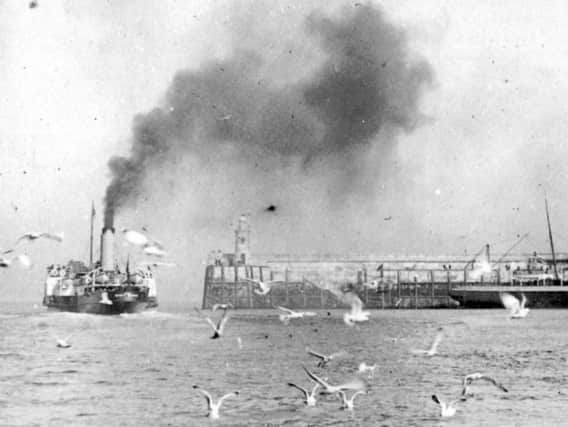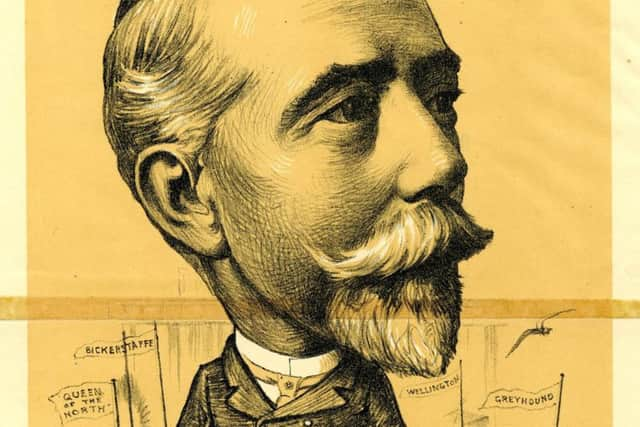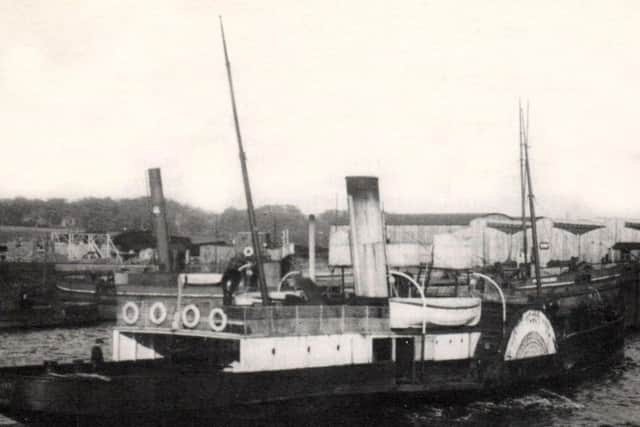Barry Band: Taking a steam trip down resort's memory lane


The Admiralty had handed the little ships, including the PS Bickerstaffe (1879), back to the Blackpool Steamboat Company Ltd but the largest ship, Queen of the North, had been lost during the war.
The ships would emerge from Preston Dock to resume “sailing on the briny” in June, 1919, to Southport, Llandudno and other north west coastal destinations.
Advertisement
Hide AdAdvertisement
Hide AdBut a timely book by historian Peter Walton – Piers, Paddle-steamers and Profits – explains it was the beginning of the end for the ships.


A rival had appeared in the charabanc.
Day trips by motor coach would take over the seaside holiday excursion market in the 1920s.
They offered comfort and security from the unpredictable weather on the Irish Sea.
Dr Walton tells the story from a business viewpoint; the building of the piers by local companies and their partnerships with the paddle steamer operators from the 1870s to the outbreak of the First World War.
Advertisement
Hide AdAdvertisement
Hide Ad

Central to the story was Alderman John Bickerstaffe, Mayor in 1891, builder of the Tower, developer of the coastal cruises, and often referred to as “the Commodore” for his jaunty naval headgear.
The trips on the briny were big business, even though some seasons were hit by bad weather.
In a chapter headed A Decade of Steamer Monopoly, Dr Walton looks at one of the better years, 1906, when fine weather saw the Queen of the North, make 99 trips to the Isle of Man, steam some 16,000 miles without mishap or technical problems, and contribute to a dividend of seven per cent.
The author became a Bickerstaffe admirer when researching and writing his 2016 book Blackpool Tower, A History.
Advertisement
Hide AdAdvertisement
Hide AdWith his new book, covering the period 1860 to 1920, he gives a similarly authoritative view of local history, pointing out that the war years and the aftermath affected the business model of Blackpool’s three piers.
The Blackpool Steamboat Company was liquidated in 1922, although Alderman John’s brother, Tom, operated the PS Bickerstaffe on his own account until it was scrapped in 1928.
Peter Walton is an emeritus professor at the Open University Business School and has a doctorate from the London School of Economics.
His book is available from Amazon, £10 paperback, £7.50 Kindle.
* Next week: Back to Grand Theatre highlights, with the little known story that Vanessa Redgrave could have become a Walt Disney child star.